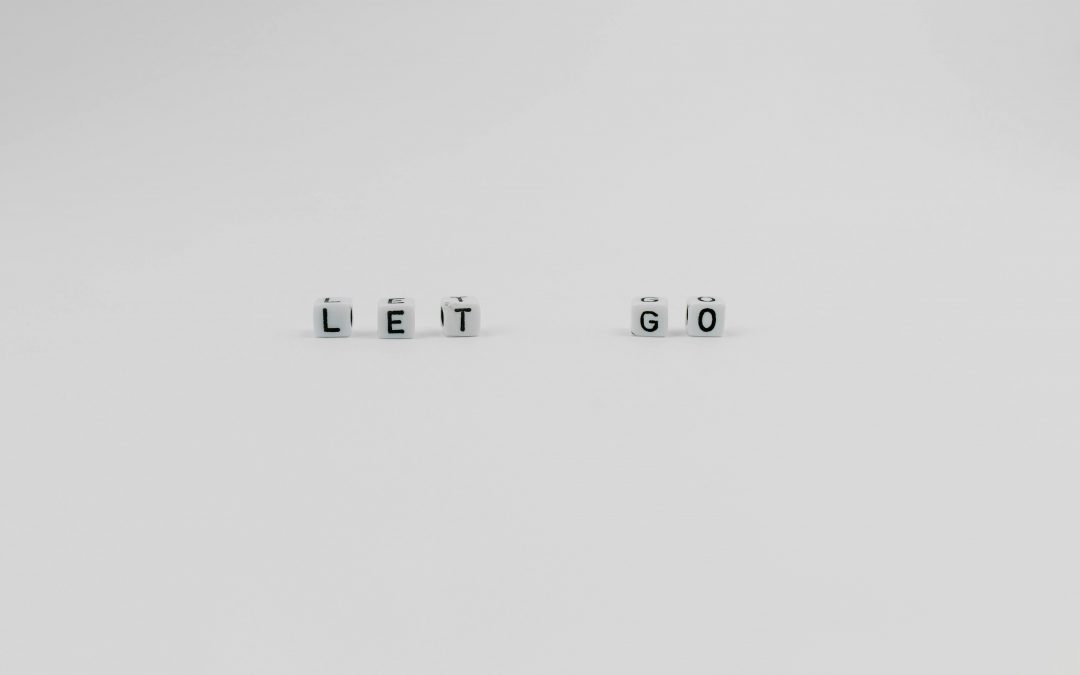The Power of Healing from Your Past: Why It Starts with Acceptance
In our journey through life, we all carry baggage from our past experiences. These can range from minor regrets to deep-seated traumas that shape our present actions and future aspirations. The process of healing from these past wounds is crucial for our overall well-being and growth. However, the first step in this transformative journey is often the hardest: letting go.
Understanding the Impact of the Past
Our past experiences, especially the painful ones, leave an indelible mark on our psyche. They influence our thoughts, emotions, and behaviors in ways we might not even be conscious of. Unresolved past issues can lead to:
- Emotional turmoil: persistent feelings of anger, sadness, or anxiety.
- Relationship difficulties: struggles with trust, intimacy, or communication.
- Self-sabotage: patterns of behavior that hinder personal and professional growth.
The Illusion of Control
One of the reasons we hold onto past pain is the illusion of control. We believe that by constantly revisiting and analysing our past, we can somehow change it or prevent similar occurrences in the future. This mindset traps us in a cycle of rumination and prevents us from moving forward.
The Concept of Letting Go
Letting go is not about forgetting or dismissing the significance of past events. It is about accepting that the past cannot be changed and deciding not to let it dictate your present and future. This acceptance is a powerful act of self-liberation.
Steps to Letting Go
- Acknowledge the Pain: The first step is to honestly recognize and admit the impact of past experiences on your life. Denial only prolongs the suffering.
- Express Your Emotions: Whether through journaling, talking to a trusted friend, or seeking professional help, expressing your emotions is crucial. It helps in processing and understanding your feelings.
- Self Compassion: Compassion is a potent tool for letting go. It does not mean condoning the actions that hurt you, but rather freeing yourself from the hold those actions have on you.
- Practice Mindfulness: Mindfulness techniques such as meditation and deep breathing help anchor you in the present moment, reducing the influence of past memories.
- Set Boundaries: Sometimes, letting go involves setting boundaries with people who are tied to your past pain. This could mean limiting contact or completely removing toxic influences from your life.
- Focus on the Present and Future: Engage in activities that bring you joy and fulfillment. Setting new goals and working towards them shifts your focus from the past to the future.

The Benefits of Letting Go
When you let go of the past, you open yourself up to a multitude of benefits:
- Emotional Freedom: Reduced stress and anxiety as you stop reliving past pain.
- Improved Relationships: Enhanced ability to form healthy, trusting relationships.
- Personal Growth: Greater self-awareness and resilience, leading to more opportunities for personal development.
Embracing the Journey
Healing from the past is a continuous journey. There will be moments of doubt and setbacks, but each step taken in letting go brings you closer to a more liberated and fulfilling life. Remember, it’s not about erasing the past but learning to live with it in a way that enriches your present and future.
The power of healing from your past lies in the courage to let go. By releasing the grip of past experiences, you allow yourself to heal, grow, and create a life that is not defined by old wounds but by new possibilities. Embrace the process of letting go and watch as it transforms your life in profound ways.
Read More

The Inheritance of Pain
Generational trauma, also known as transgenerational or intergenerational trauma, refers to the transmission of trauma from one generation to the next. This phenomenon has been observed in families affected by significant historical events such as war, genocide,...
No Results Found
The page you requested could not be found. Try refining your search, or use the navigation above to locate the post.
